Corsair, a name we know all to well in the DRAM market. Well, today is no different with their release of the new DDR5 Dominator Titanium line. A line being touted as "Extremely Rare & Meticulously Crafted", we felt very privileged when Corsair was kind enough to send us along a 64GB Kit clocked at 6000MT/s (EXPO). Let's crack into this and see what we find.

Crucial developed the Ballistix MAX series of DDR4 memory for gamers and performance enthusiasts looking to push beyond standard limits. Composed of the highest-quality memory ICs, the Ballistix MAX was born with overclocking and high-performance computing in mind. With overclocking at the core, the Ballistix MAX series has been optimized to work with both AMD and Intel platforms. Read on further to see what we find.
Specifications
As we said, the Ballistix MAX is built for overclockers and users who are looking to push the limits of performance, but they don’t leave you hung out to dry with the warranty. Typically with computer components, we expect that overclocking the product will render the warranty void. That’s where Crucial stands out from the pack. Not only did they create a memory line directly for extreme overclockers, but they backed the entire product line with a lifetime warranty.
The Ballistix MAX has been built with high-tier Micron ICs, which is meant to be overclocked. As such, we are not surprised to see that the product line is a little on the small side. All of the modules are either 8 GB single rank, or 16 GB dual rank. Both of the options are available in either the standard 16 GB kit or a 32 GB kit. In terms of frequency options, the choices are 4000 MHz and 4400 MHz, and the whopping 5100 MHz. Today we are reviewing the 16GB 4400 MHz kit, which is priced at 211.99 on Newegg.
Refer to the table below or follow the link for a full listing of the Ballistix MAX product line.
Quick Features
- Extreme Domination Designed for extreme overclocking2 enthusiasts to get that extra edge in game, or to blow away world-record speeds.
- Engineered Design High-quality aluminium heat spreaders provide max heat dissipation while precision temp sensors monitor thermals as you push performance thresholds.
- Extensive Compatibility Our engineers work with AMD and Intel, as well as motherboard designers and system builders, to ensure our memory is optimized for high performance.
- Precision Parts As the manufacturer of memory components, we do more than bin parts. We optimize performance at the die level.
- Source credit: Crucial
Review Kit Details
PCB Layout and IC
As the Thaiphoon Burner screenshot shows, this specific kit of memory is composed of Micron E-Die IC’s.
This memory uses a total of 8 IC’s, all of which are on one side. The Thaiphoon Burner screenshot lists the PCB as A2 style and, we have visually verified that the PCB design does follow the A2 style. The PCB layout refers to where the IC’s are located on the PCB, and it can have a huge impact on overclocking performance.
Packaging and Product Overview
As we pointed out above, the price point for our 16 GB test sample is $219.99. That puts the Ballistix MAX firmly in the premium category. As such, we expect all aspects of the memory to live up to a premium standard.
The memory ships in a thick and robust tri-fold style packaging. While it’s not the most high-end style of packing we’ve seen, it does indeed check off the premium box and doesn’t leave us wanting more.
A Closer Look
Once out of the packaging we get our first look at the memory up close. The heat sink design is simplistic and streamlined, especially from the top-down view, but they’re still very attractive. With a flat black finish, it’s exceptionally universal and will fit nearly any build style. The module has a very heavy and solid feel in hand. It’s clear that thought and attention to detail went into the design.
Both sides of the module are printed with the Ballistix MAX logo. We applaud Crucial for keeping the product label small and colour-matched. Often times we’ve ween large white product labels on black memory, and it can be an eyesore. The heat sink includes a large louvered section which adds to the overall cooling capacity and also serves as a style element.
While they are taller than a naked dram module, they aren’t tall enough to be a problem in most situations. The overall size is 5.25 x 0.33 x 1.54 inches (LxWxH).
Installed Memory
Its high-performance memory built for speed and overclocking, so naturally, we want to test them on the fastest platform out. Here’s our stripped-down Intel Z590 OC Formula and the Ballistix MAX looks like a perfect match with black on black.
Testing and Overclocking
The overall objective is to test the memory from the perspective of daily usage. We want to know how the memory performance, and how it overclocks without getting into crazy voltage levels. This is to say that we will stay close to the maximum allowable voltage of 1.50 V, as indicated in the XMP 2.0 official specification.
Please refer to the table below for the specific details of our test rig.
As is the case with all overclocking adventures, your results may vary, so proceed only if you assume all risk.
XMP ~ 4400 MHz CL19-19-19-46 + XMP Sub Timings @ 1.40 V
High-frequency XMP profiles are notorious for not actually working. Because we’re using an elite-level motherboard for memory overclocking, we expected that the XMP profile would apply and run flawlessly, and it did. As seen below we had no problems running the XMP profile without making any adjustments.
Overclock 1 – 3800 CL14-17-17 + Improved Sub-Timings @ 1.45 V
For the first overclocking test, we wanted to push the limits of the timings and CAS latency. In order to allow for tighter timings, we dropped the frequency down to a respectable 3800 MHz. Considering that it’s a Micron IC, we are extremely happy to end up at CL14, even if tRCRD needed to be at 17 to make it happen. All told, we feel it’s an impressive result.
Overclock 2 – 4200 CL17-17-17 + Improved Sub-Timings @ 1.50 V
The second overclock profile we created can be thought of as a balanced profile. We wanted to find the happy place between tight timings and high frequency. The overall timing efficiency is greatly improved and the frequency is also higher than XMP.
Overclock 3 – 5200 CL19-23-23 + Loose Sub-Timings @ 1.55 V
For the final overclocking tested we wanted to see what the frequency maximum overclock potential is when we are not concerned about timings. We were able to achieve full stability at 5200 MHz, which is an impressive feat. It’s worth noting that we were able to boot as high as 5333 MHz, however, it was not stable enough to pass all tests while staying under the 1.60 V limit.
Benchmark Results
AIDA64
Our results in AIDA64 are enlightening. The result shows that AIDA64 scales excellent with frequency and timings. The big story here is the read performance score at 5200 MHz. The high frequency overclock profile showed incredible performance in the read test but fell far behind the pack in the write test due to the loose timings.
Geekbench 4 Multi-Core
When it comes to Geekbench 4, we really want to focus our attention on the total score. Across the board, all of our overclocking endeavors showed a substantial increase in the score. However, the best performing overclock profile was without a doubt our ‘balanced’ profile of 4200c17.
Si Software Sandra
The Sandra suite of benchmarks is yet another excellent tool for analyzing the effects of our overclocking endeavors. At this point, we know what to expect, but the transactional throughput test shows an interesting trend. for that particular test the XMP profile beat all of our overclocked ones. We would not have expected that outcome, but it does illustrate that the XMP profile can be quite efficient.
XMP Comparison Results
We’ve seen how the memory compares against itself for overclocking, but now we’d like to show you how the Ballistix MAX 4400 performs against other memory modules. All of the results below were generated with the XMP profile enabled and overclocking profiles were not included.
AIDA64 XMP Comparison
Geekbench 4 XMP Comparison
Conclusion
Overall we are pretty excited by Crucial Ballistix MAX. The build quality is without a doubt top-tier and overall better than most competitors we’ve seen. The heat sink design is simple but still manages to look and feel like a premium product, and even ships in an upscaled package from what we normally see.
Modern Micron ICs are known for their ability to achieve high frequencies with relatively low voltage levels. There are two big results that deserve extra attention. For low latency profile, we were able to create an incredibly efficient 3800c14 profile that scored well in benchmarks. On the opposite end of the spectrum, we managed an impressive 5200c19 profile. Samsung has been leading Micron in the latency wars for a long time, but results like this are encouraging for the future of memory overclocking because it shows that the gap is narrowing.
Our test sample is available on Newegg for 211.99. The world of high-performance memory is incredibly competitive. Looking at the competition, a 16 GB kit of RGB memory running 4400 MHz ranges between $139.99 and $305.99, with the majority being right around $200. The Ballistix MAX is certainly priced appropriately within the competitive brands. Given its incredible overclocking potential we feel its an amazing value and easily this kit our ‘Recommended stamp of approval!
| Pro's | Con's |
|---|---|
| Reasonable price | No Addressable RGB |
| Exceptionally efficient XMP profile out of the box with no overclocking required | Some may find the overall design a bit simplistic |
| Incredible high-frequency overclocking headroom | |
| Low profile design for maximum compatibility with coolers |
Lastly, we want to express our thanks to Crucial for providing us with this review sample and the opportunity to review it for our shared audience.
Want to discuss this product or give your views and feedback from your own usage? Discuss on the ExtremeHW Forums
Like our content? Please consider Donating to help us to continue our writing.
This Post Has 3 Comments
Leave a Reply
You must be logged in to post a comment.




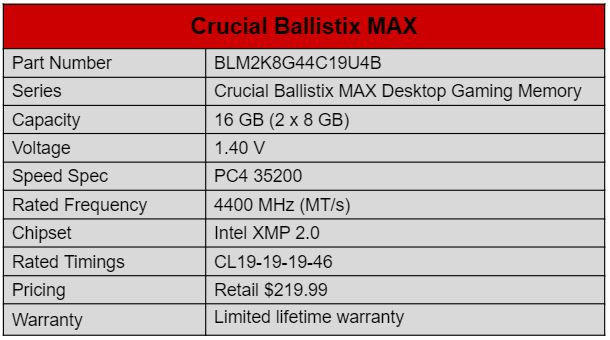
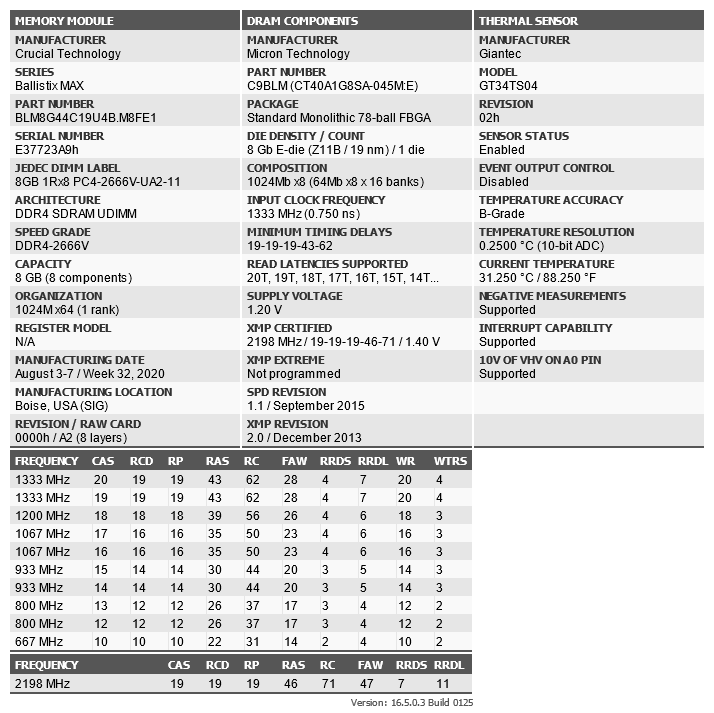
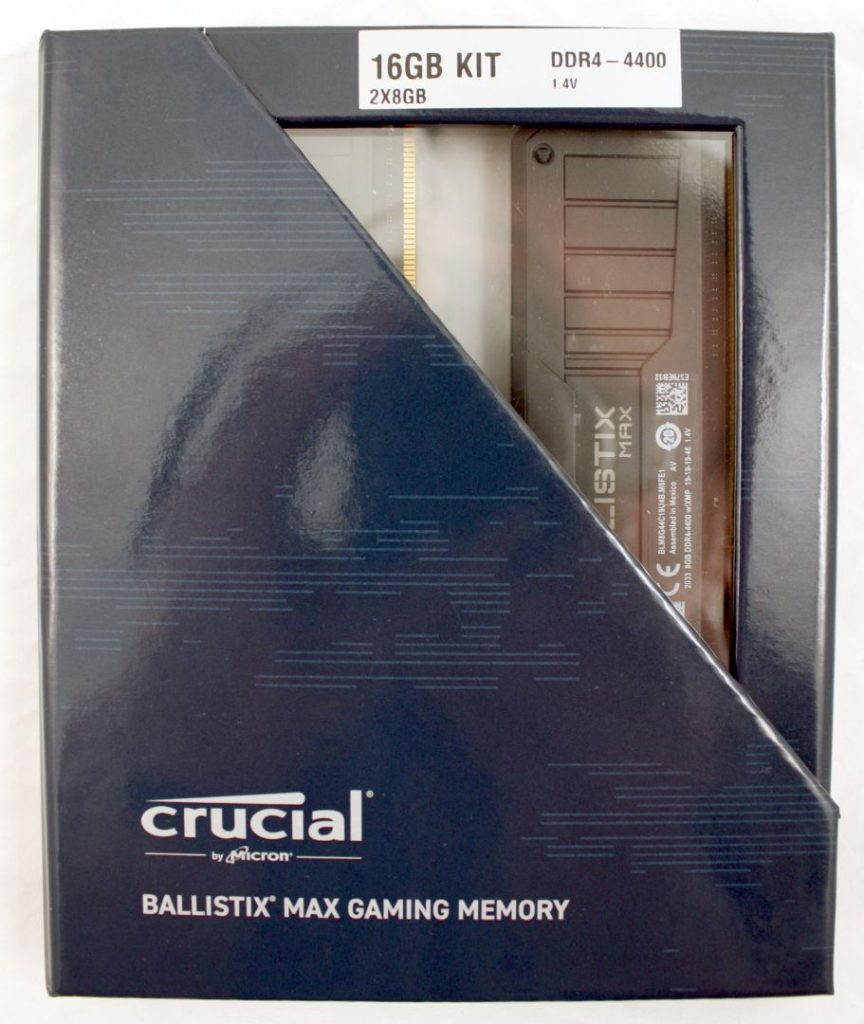

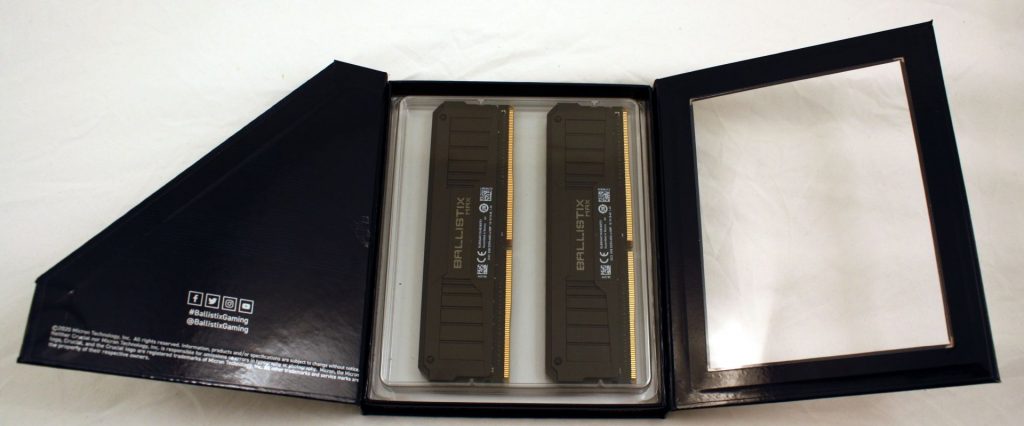
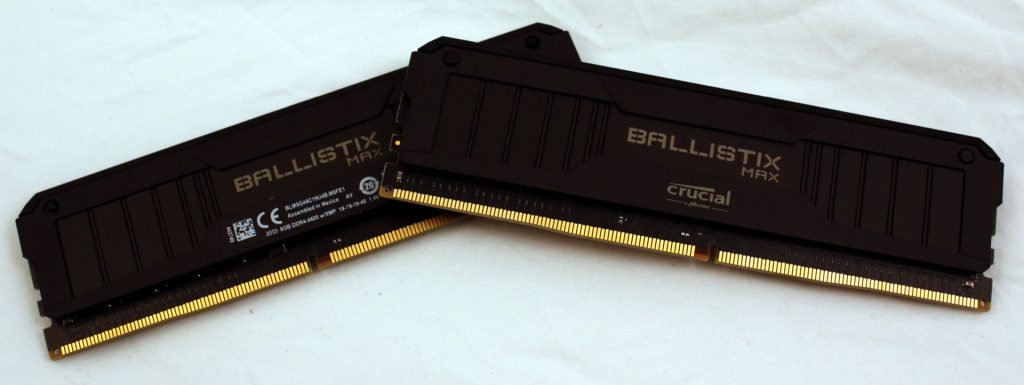


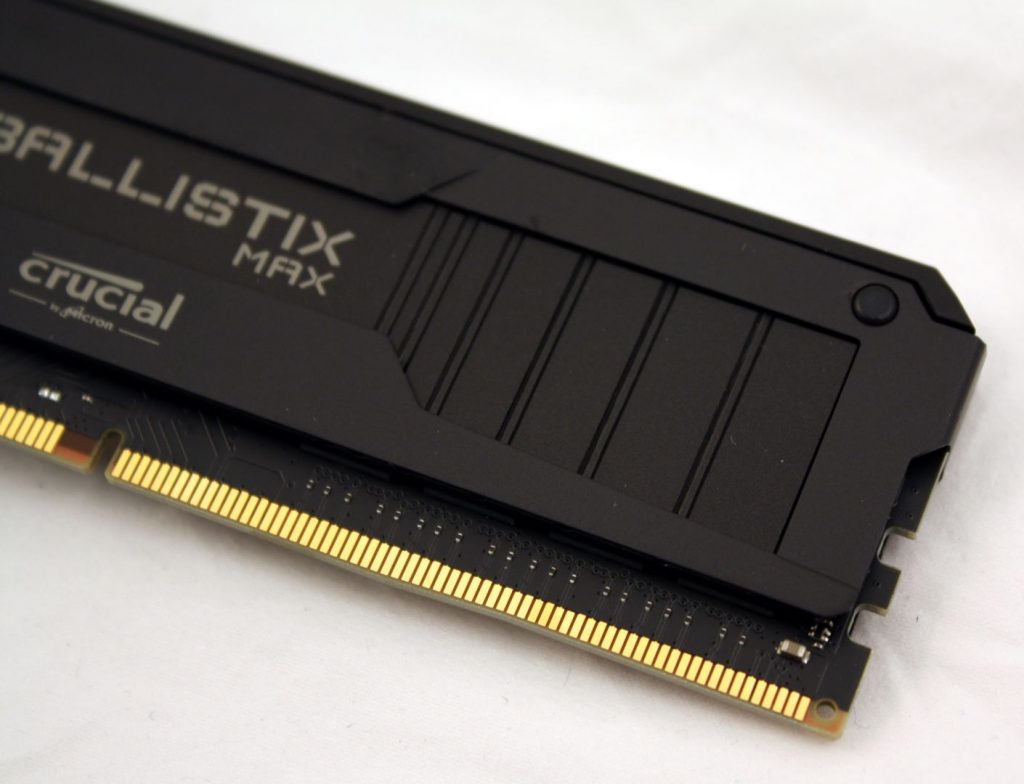

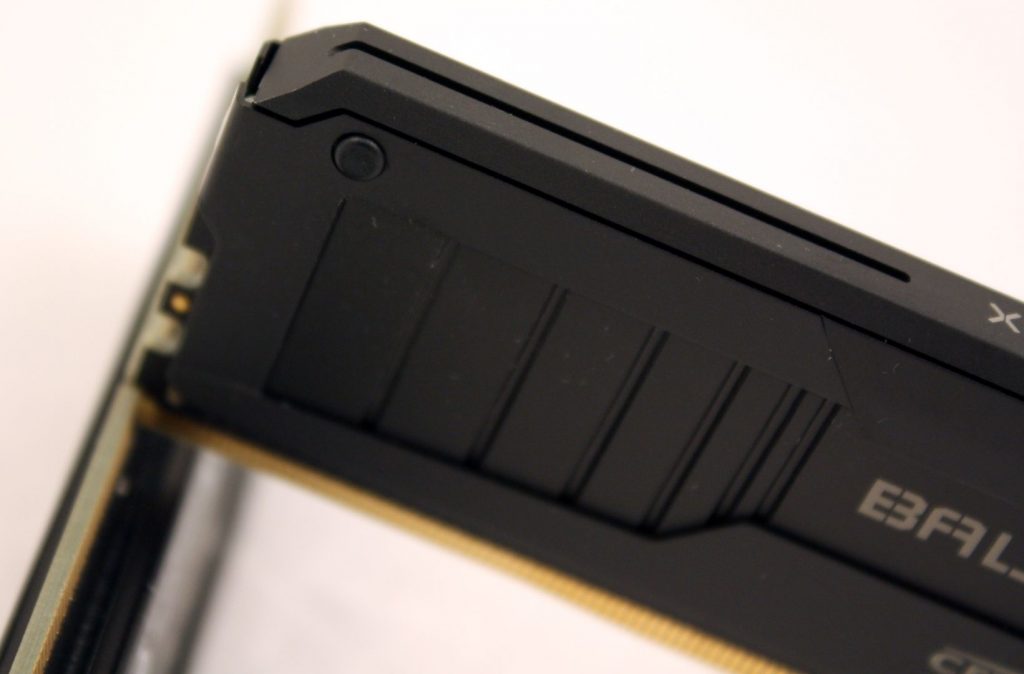
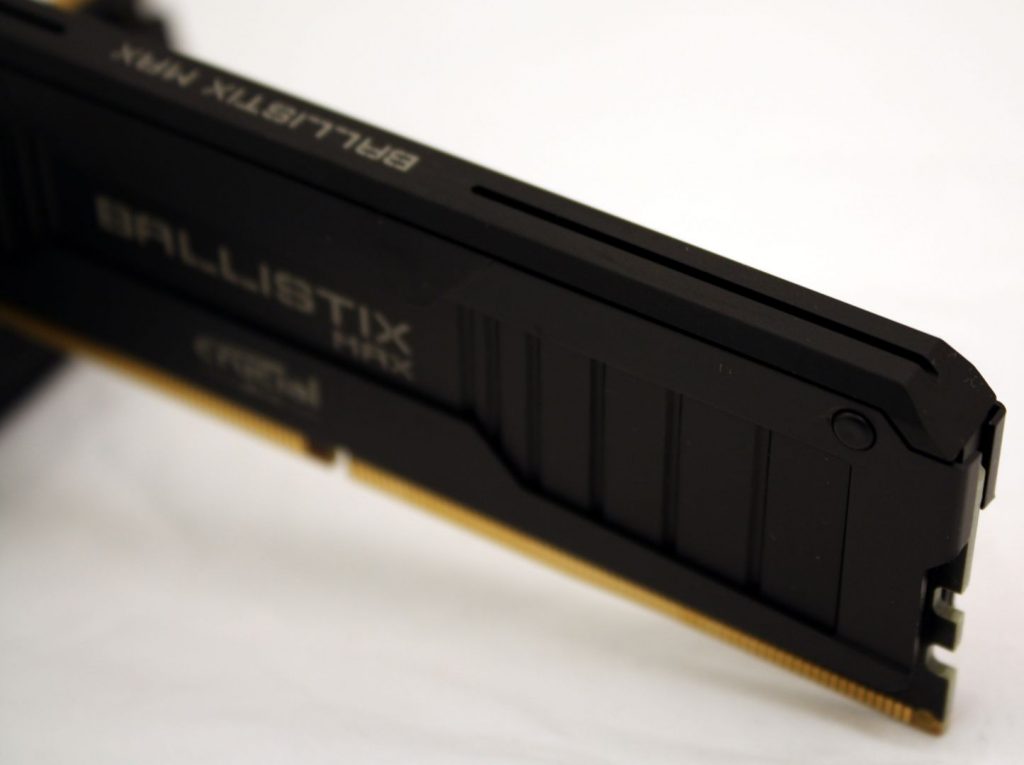
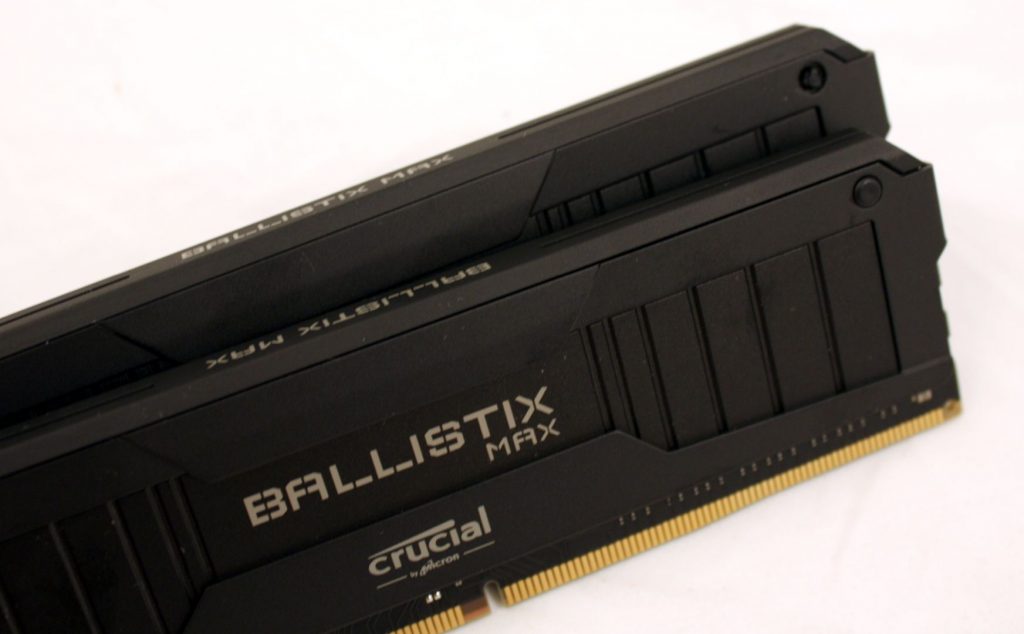
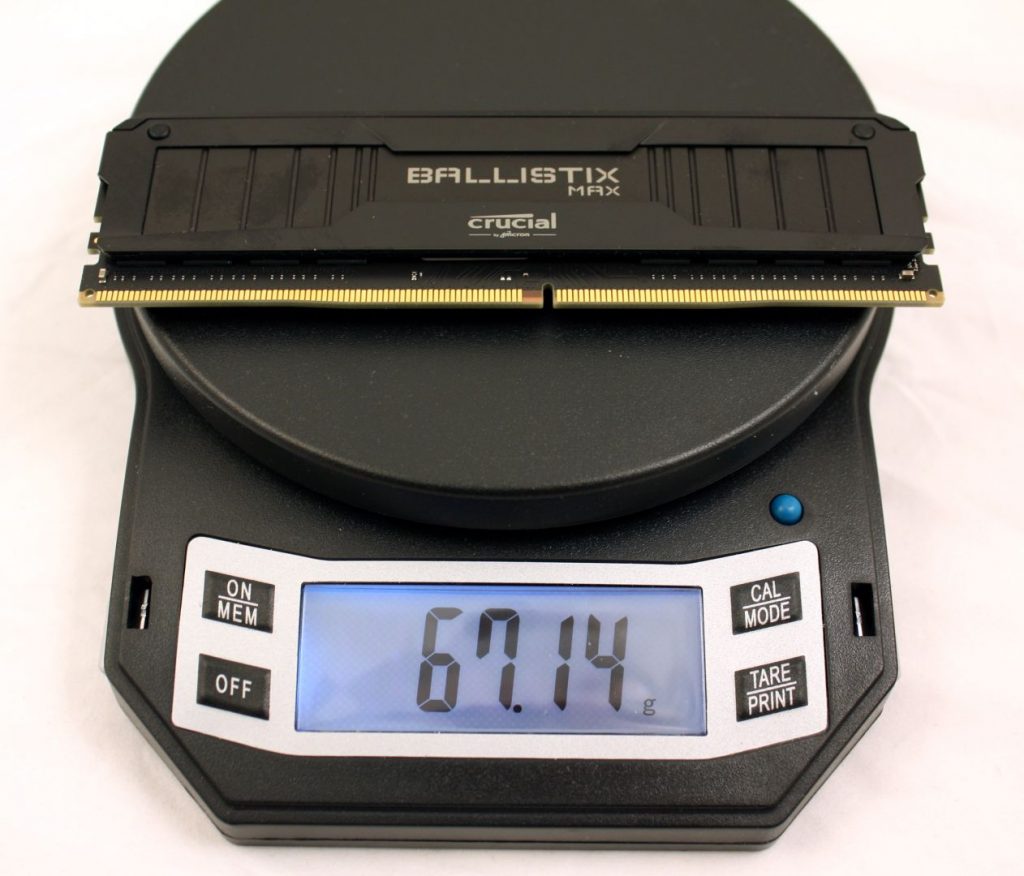
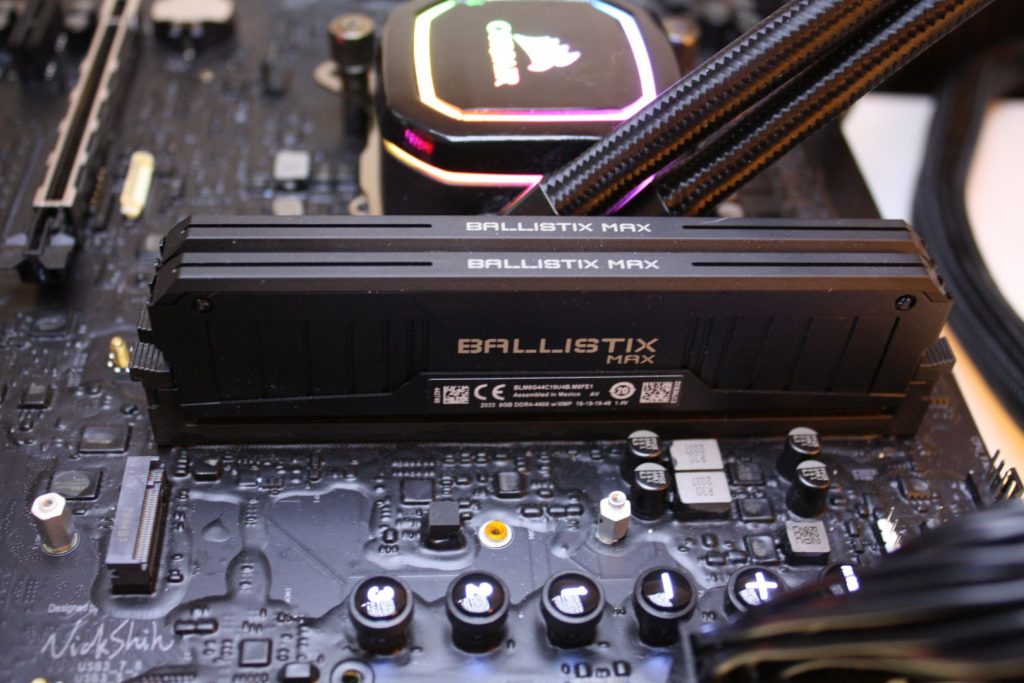
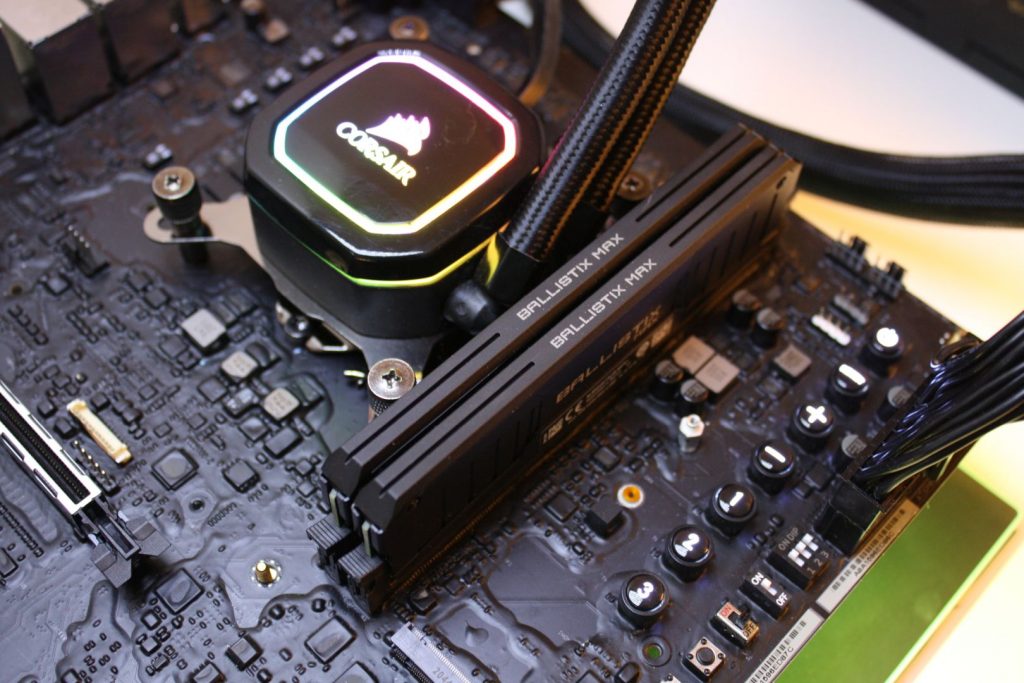
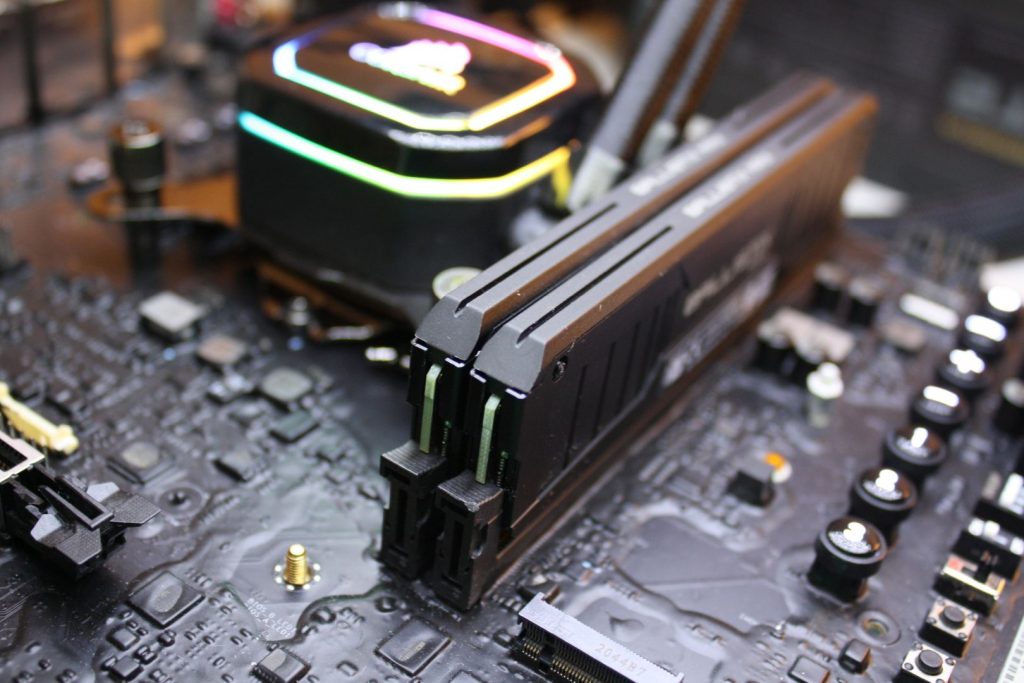
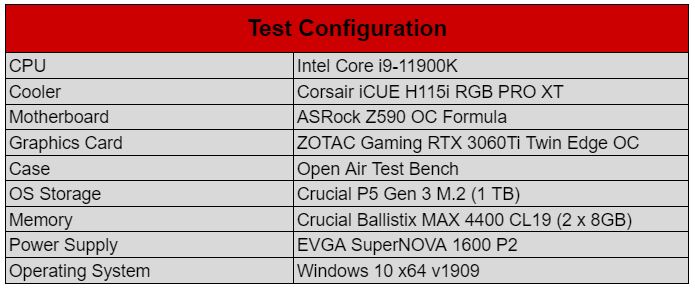

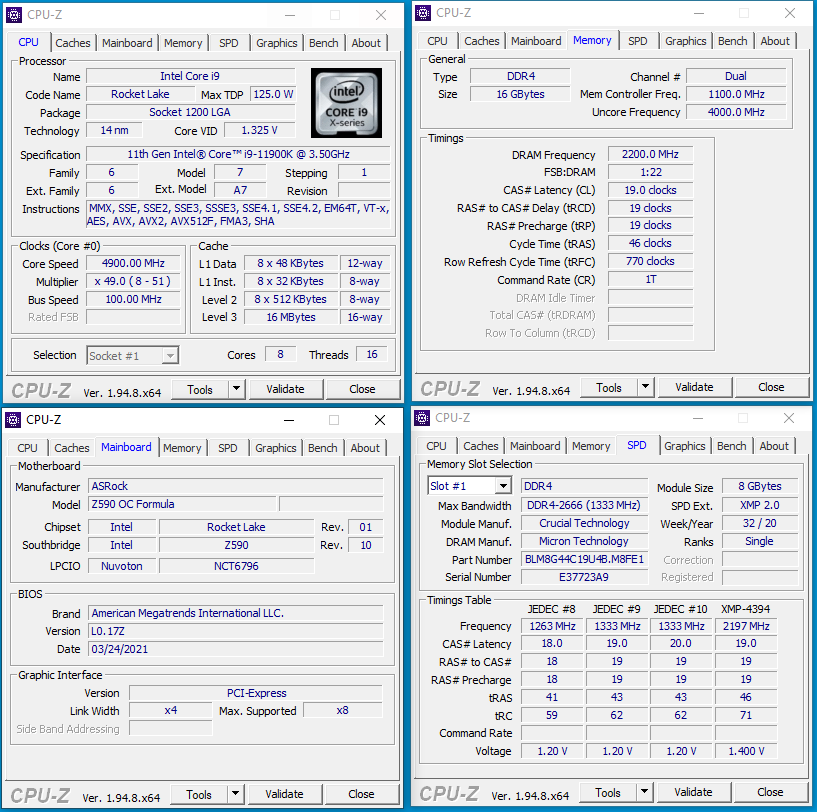
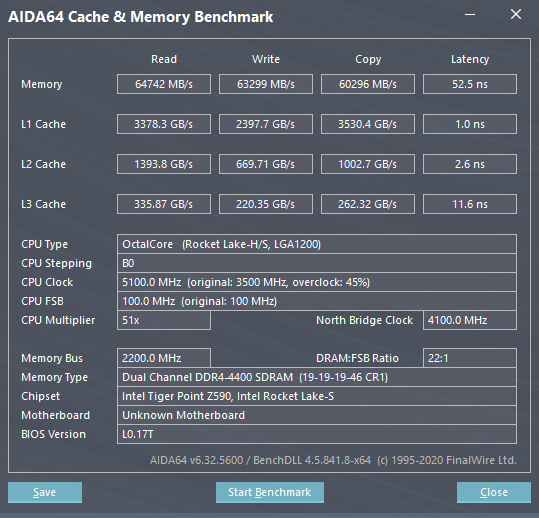
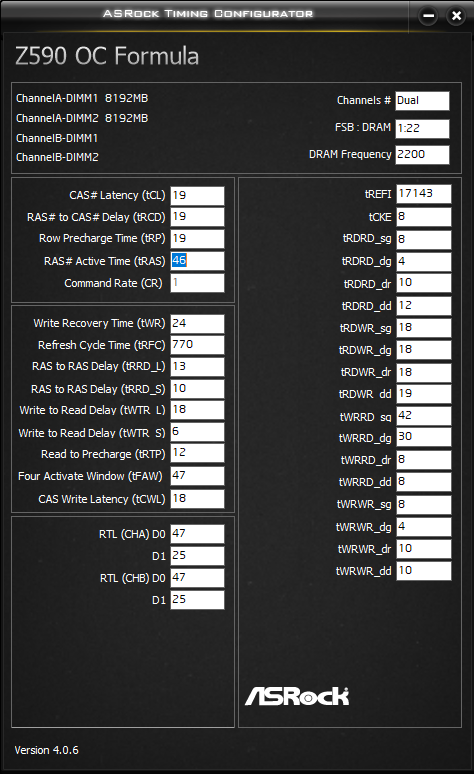
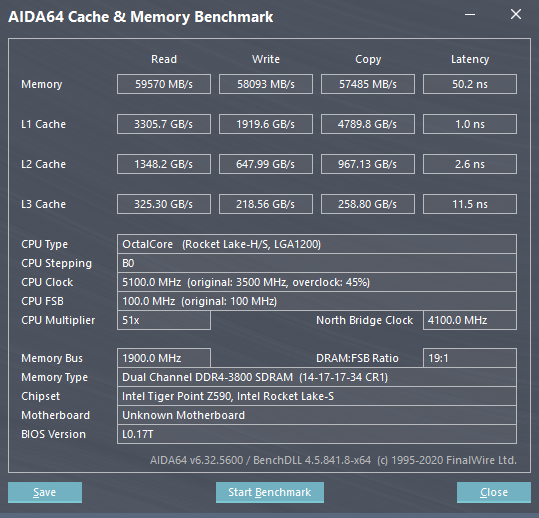
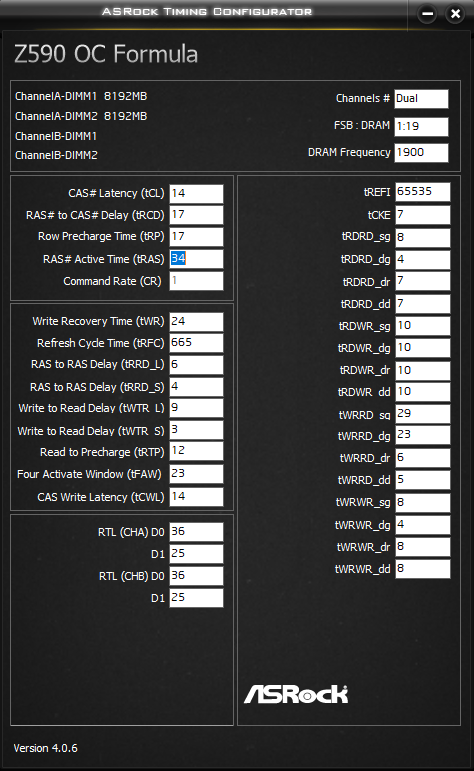
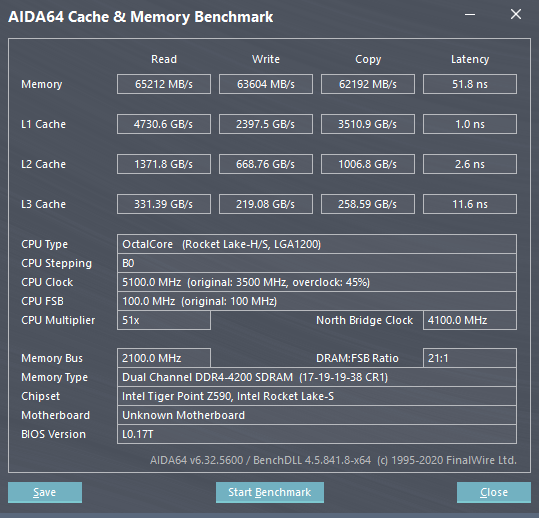
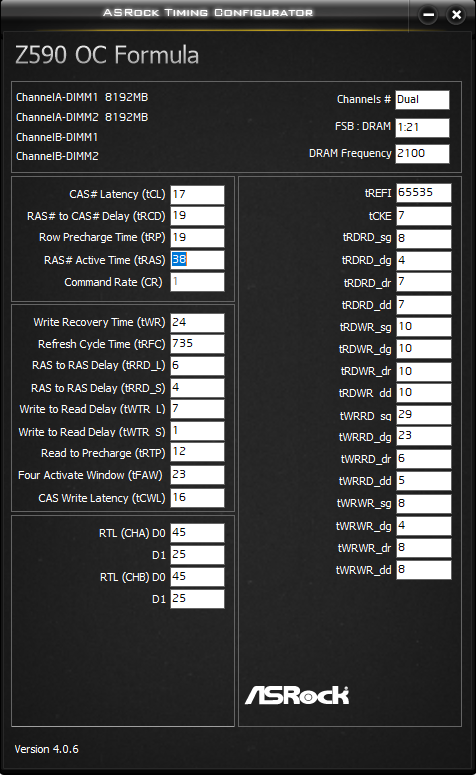
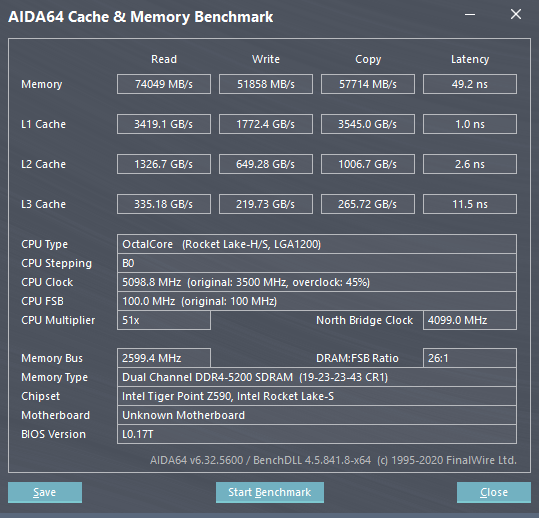
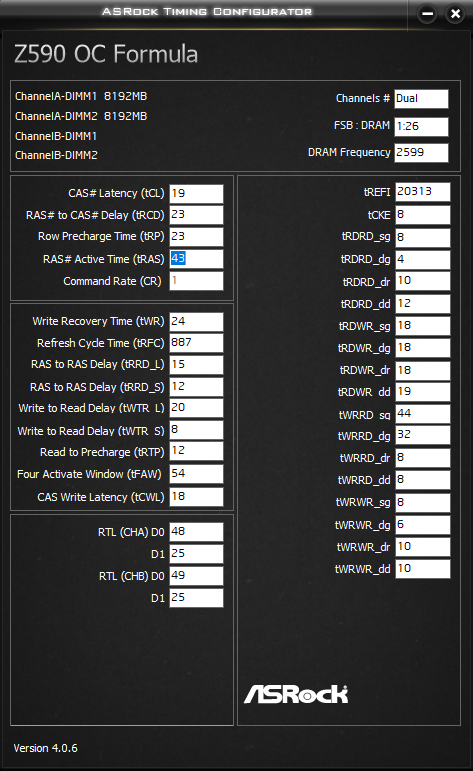
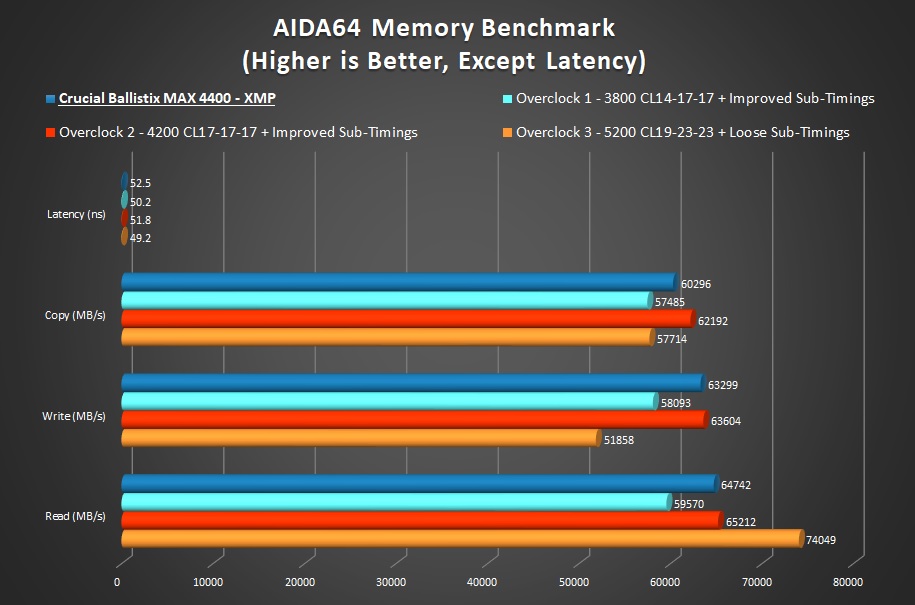
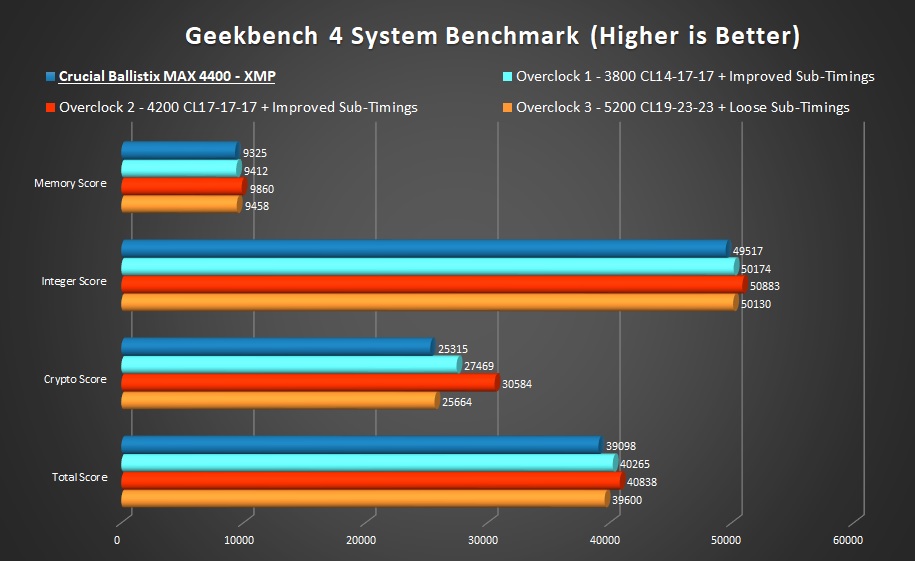
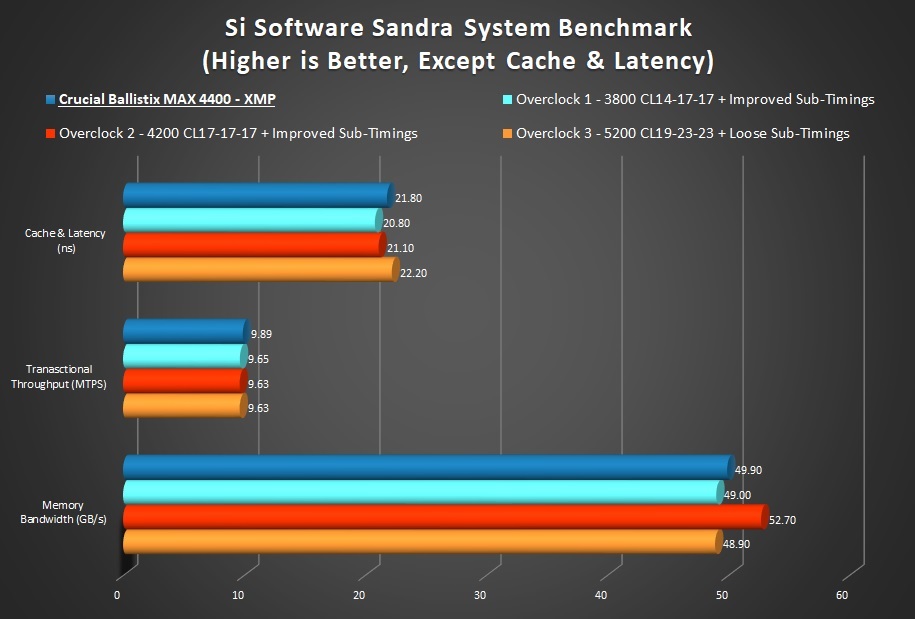
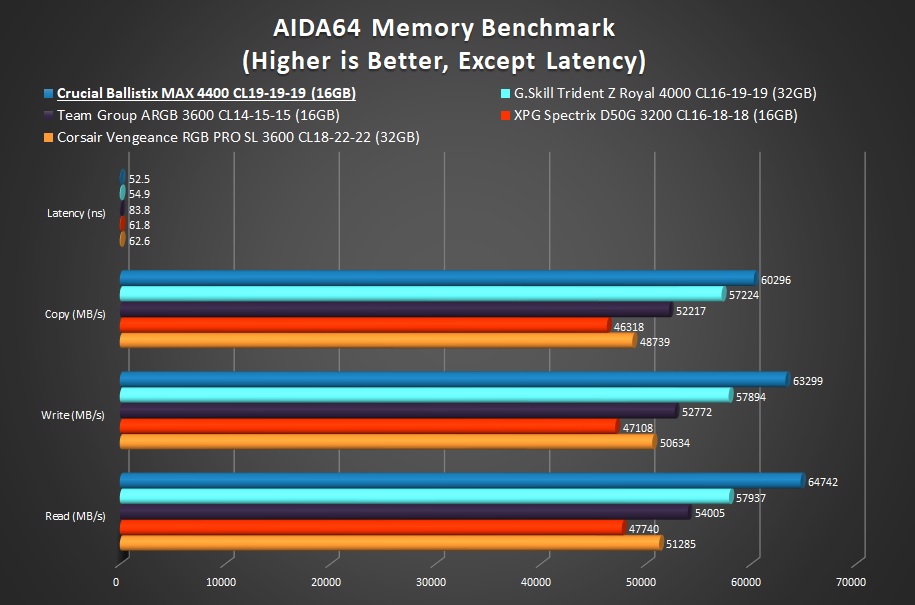
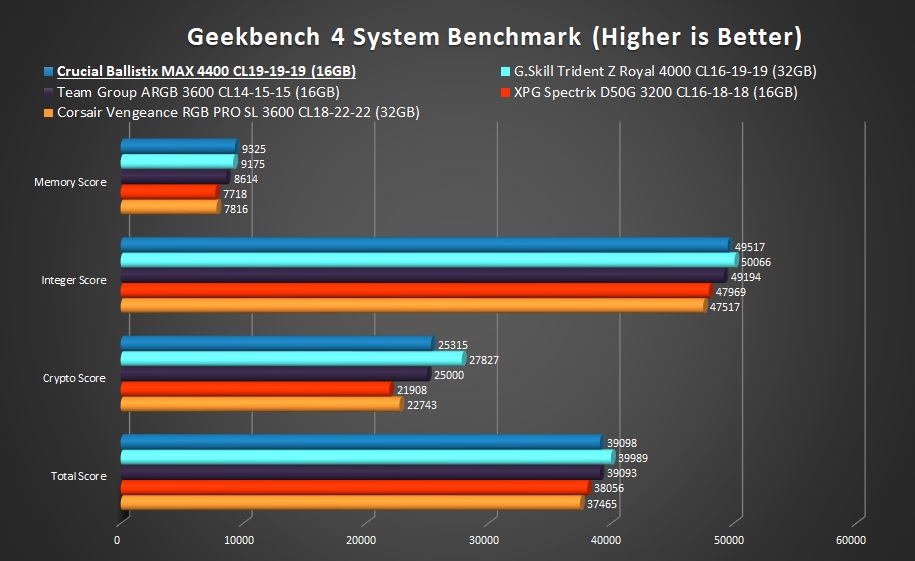

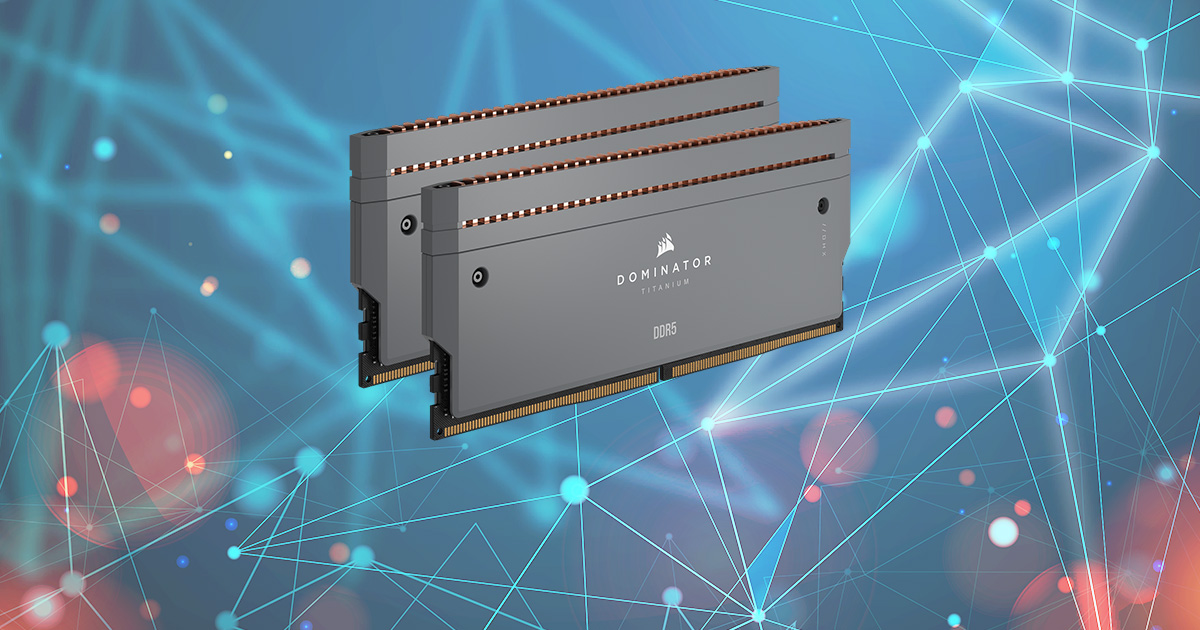
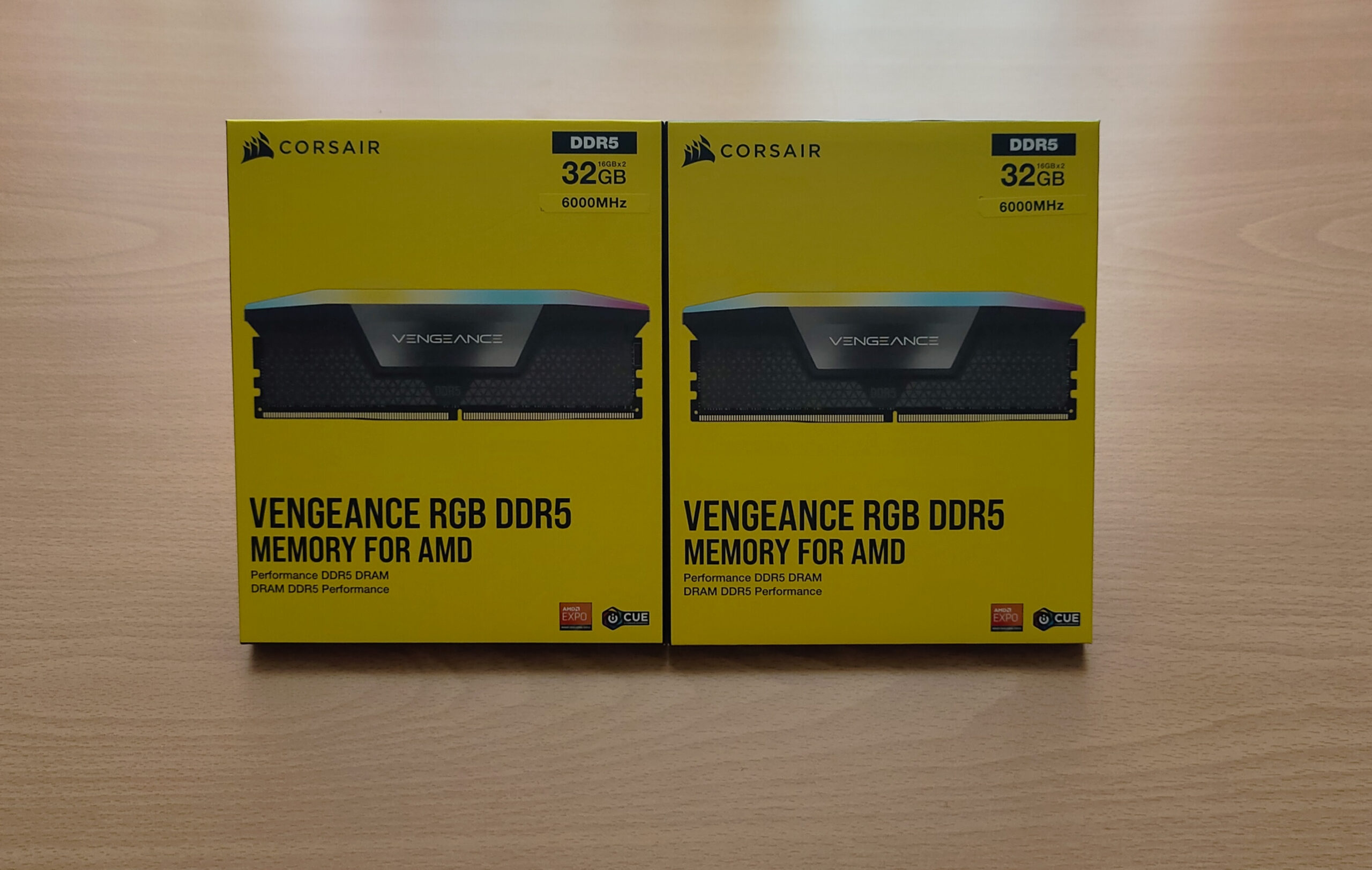
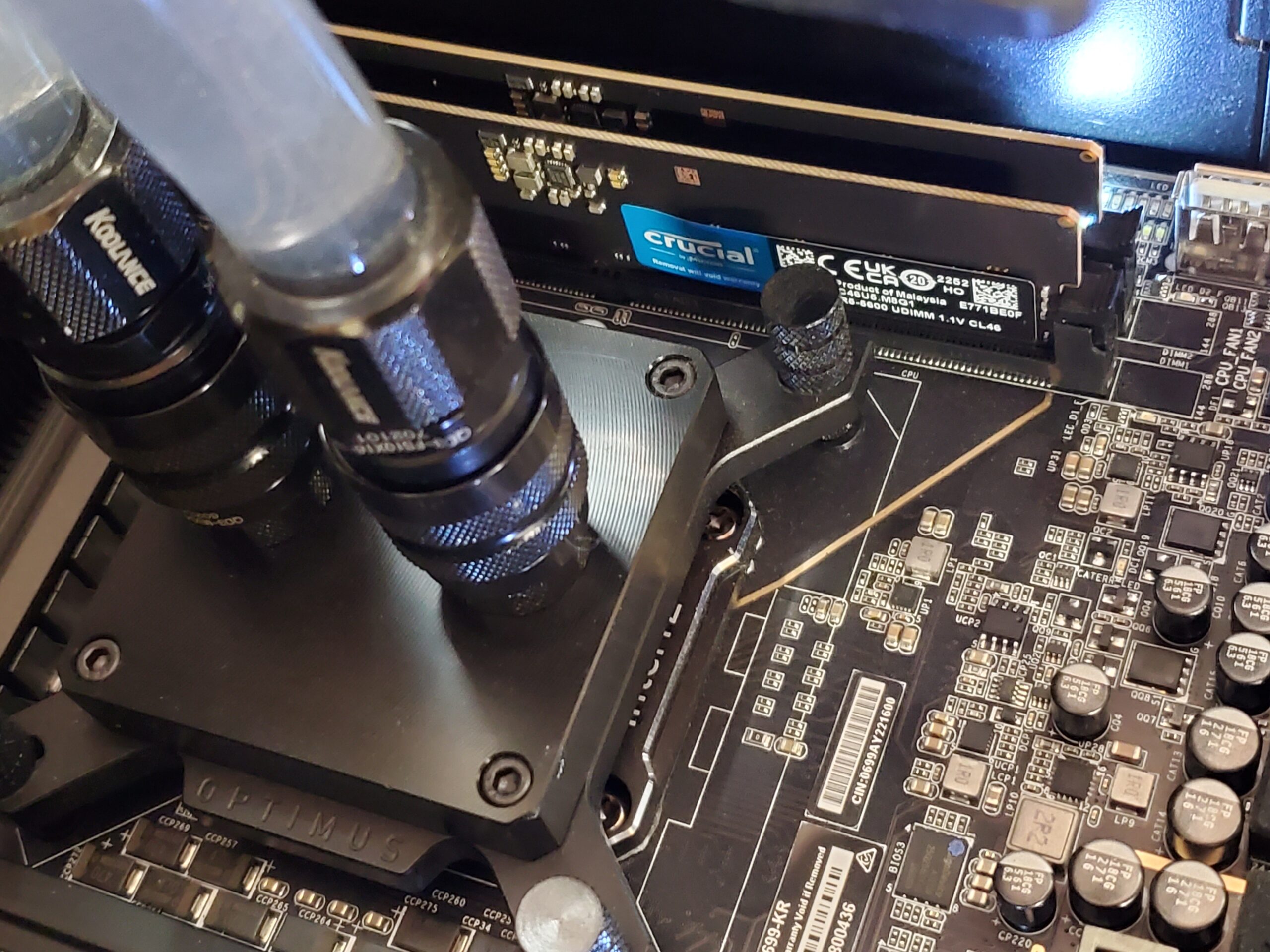
You didn’t have to fiddle with DRAM VTT any? I know Micron ICs are notoriously difficult to OC on Intel platforms.
Great review. Helpful with timings, was struggling a little to get it stable.
Nope, I didn’t need to touch VTT at all. Often times I will need to adjust VTT for higher voltages, such as 1.85v+.